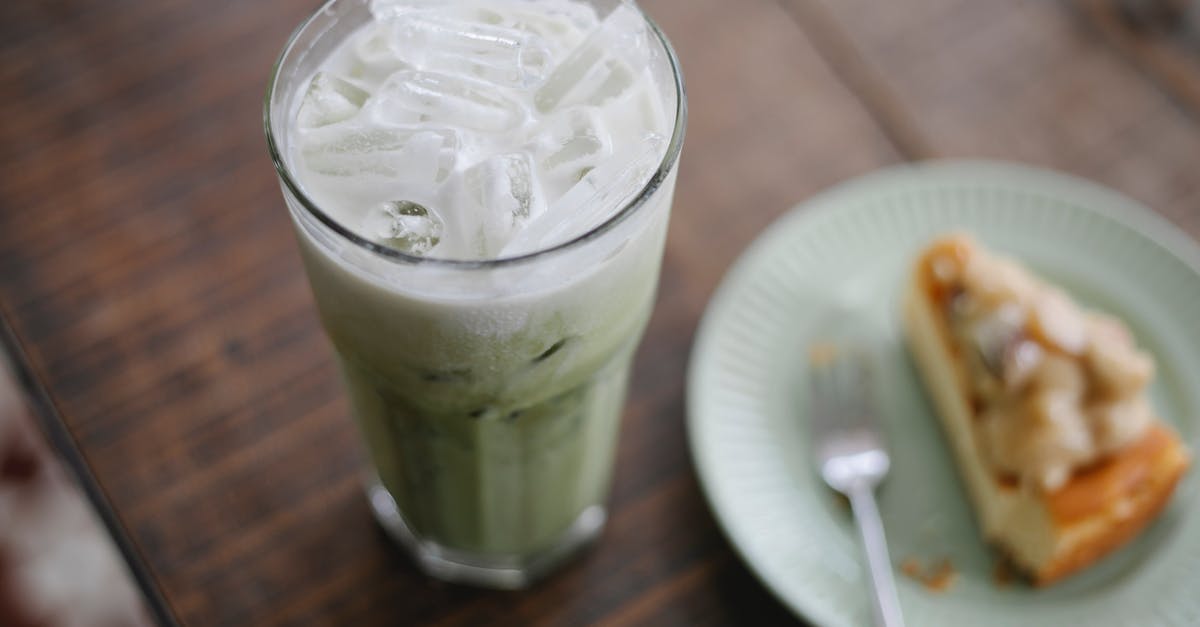Strong Yeast Taste on Japanese Milk Bread

I've recently started baking Japanese Milk Bread. However, each time I bake them they've always had a strong yeast taste and a 'wet' undone taste to the buns. How can I get them to be more fluffier and less yeasty?
This is the recipe I use: 350 grams all purpose flour, 12.5 grams sugar, 7 grams (1 packet) dry yeast, 4 grams salt, 200 grams warm milk, 30 grams butter.
I hand knead them for about 15 minutes each. For the first rise, I wait 2 hours and then shaped them and waited for another 30 minutes. Then I pop them in the oven for 18 minutes at 176 Celsius.
Could it be that I'm not leaving enough space for the buns to grow? Or bake? Because the buns are placed quite closely to each other.
Thank you so much!
Best Answer
If your buns are doughy they are probably underbaked. While 18 minutes sounds reasonable for small buns, you should be flexible about baking time. Ovens run slightly too hot or cold, different pans heat up faster and slower, and your buns may be slightly larger or smaller than the ones in the recipe.
The best way to check for doneness of bread is by temperature. After 18 minutes, use an instant-read thermometer to make sure the interior of your buns reaches at least 88°C (190°F). If they have not reached this temperature, simply return them to the oven for a few minutes longer.
It is also essential to let bread cool almost completely before cutting it open. As it cools down, it continues to set a little; if you cut too soon, steam will escape and leave a gummy texture. I recommend cooling 30 minutes on a wire rack.
Proper baking and cooling will make a huge difference for your buns, but you bring up two other issues we can address. In terms of the yeasty flavor, I think fixing the underbaking problem should remedy this as well. Raw dough can certainly have a yeasty note to it, but fully baked dough should smell and taste better. (It is possible to get off notes from overfermented bread, even fully cooked, but this should not be an issue with your relatively short rising times.)
For the issue of leaving space to grow, I suspect this is at most an aesthetic issue, but it is hard to tell how big a problem it is without a photo. As long you bake long enough your bread will cook. Using a correctly-sized pan effects shape more than anything else: closely packed together, you will get a batch bake where adjacent buns stick together; more spaced out you will get individual buns which are not connected and brown on all sides. Either format is suitable for milk buns.
Pictures about "Strong Yeast Taste on Japanese Milk Bread"



Why is my bread so yeasty tasting?
Too much sugar will make the yeast grow too fast or too much, and that (or just too much yeast) will result in a dough with an unpleasant, yeasty taste. Too long a rising time can also cause a yeasty taste, so be aware of the rising time specified in your recipe and start checking the dough just before this time is up.What does Japanese milk bread taste like?
It has a milky-sweet flavor and a feathery soft texture that tears into wispy strands and melts in your mouth. It has none of the naturally leavened holes or sourdough tang that's prized these days among bread nerds.Why is Japanese bread so chewy?
The answer is because of the \u201cYudane\u201d method. The Yudane method makes the bread pillowy soft and fluffy and also keeps the bread from drying out quickly. This is because the heated gelatinised starch in the flour keeps the moisture inside the bread.What makes Japanese bread different?
Their secret is \u201ctangzhong,\u201d which in Chinese means \u201cwater roux.\u201d Flour and water is mixed together to form a roux. Beause this mixture contains a substantial amount of water, when added to the dough for bread, it makes the bread extra moist.Japanese milk bread Hokkaido milk bun) - the softest, lightest bread ever
Sources: Stack Exchange - This article follows the attribution requirements of Stack Exchange and is licensed under CC BY-SA 3.0.
Images: Charlotte May, Charlotte May, Charlotte May, Charlotte May
